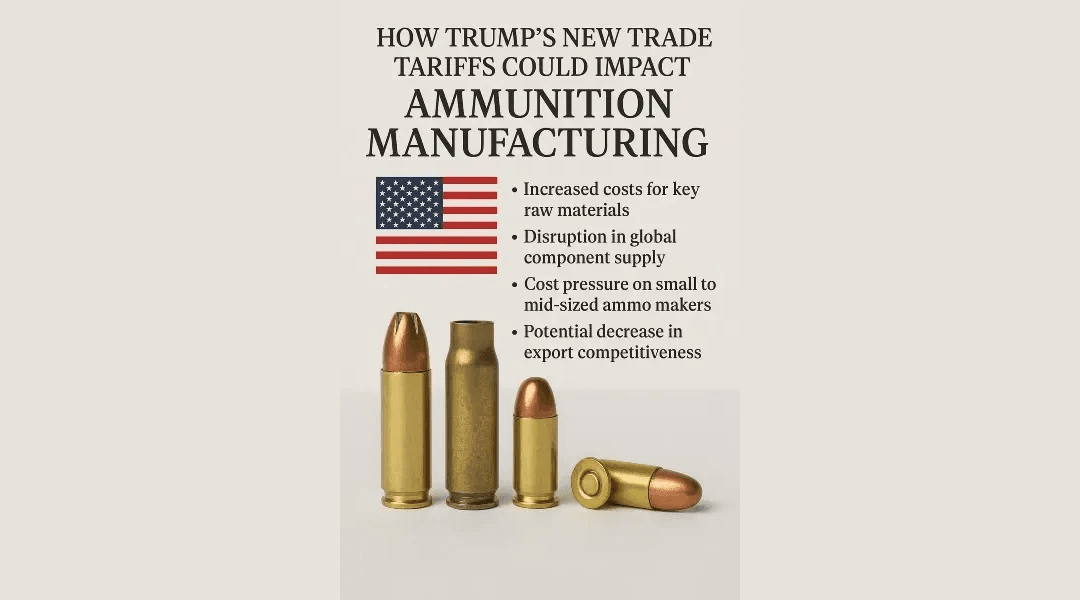How to Properly Store Ammo – Complete Guide
Posted Oct 23, 2020
No matter how deadly a firearm, without its ammo, it is next to useless. Learning how to properly store ammo is a vital skill, not just for safety reasons but also to ensure that you never run into any storages, especially in times of a great emergency. We have created this guide to help you learn the basics of properly storing ammunition over the long haul. Continue reading.
Why Store Ammo?
Ammunition is readily available and can even be bought online, so why bother storing it? Once you’ve burned through your existing ammo supply, you can simply order new replacements. Yes, that true, but what happens if law and order breaks down or, as a result of a panic buying spree, ammo prices sharply rise? As the recent pandemic itself might have shown, it is foolish not to keep yourself prepared for the worst, instead of expecting things to remain the way they are.
Proper ammo storage is your insurance against the impact of possible future catastrophes. In a long-term survival scenario, having a large cache of ammunition can be advantageous – you’ll need it for not just self-defense but also for hunting and even bartering.
How to Properly Store Ammo
1. Ammo Type
When storing ammo for the long haul, its type is something that you definitely need to take into consideration. Always go for ammo that you already have extensive experience with, or at least, have tested with your particular firearm.
Remember, you are storing for emergency use, and thus, the last mistake you would want to make is to purchase an ammo type that doesn’t work well for you or causes your gun to malfunction.
2. Ammo Quality
For both emergency use and long-term storage, the quality of your ammo matters. Sure, older ammunition might be way cheaper to buy, especially in bulk, but there is also the risk that they might be degraded enough to compromise accuracy or, if stored in less than ideal conditions, become completely useless within a span of just a few months.
Brand new primer sealed bullets from reputable manufacturers should be your best bet. Stored properly, they can last for centuries. Plus, in times of scarcity, be it due to panic buying or a prolonged economic turmoil, you can potentially sell them off for a nice profit.
3. Storage Location
The location you choose to store your ammo can have a significant impact on their shelf life. Ideally, your storage location should be somewhere that is dry, cool, and dark.
A lot of people choose to store their ammo in the garage or the attic, but that’s not recommended. Such places generally tend to suffer from relatively higher levels of temperature fluctuations. This can invite condensation and, in turn, increase the risk of bullet corrosion.
Another location people may commonly consider is the basement. Storing ammo there certainly has its advantage. For instance, being below ground, it may not suffer as much from temperature extremes. However, in reality, it is an even worse option because of one major reason – moisture. Water causes the metal to rust, and the basement is generally the part of your home with the most moisture content.
The basement should be even less of a choice in climates where it rains a lot. Should the pumps fail or it rains too heavily, the first area of the house that will always get flood is the basement.
Your bedroom’s cabinet or closet, or your lounge’s rack drawer are much better options. Your indoor climate control system allows such areas to see little changes in temperature year-round, and humidity is relatively lower. Plus, storing ammo here means it would always be in convenient reach of yours when you do require it.
4. Organization is Important
Never neglect to organize your stored ammo. In a critical situation, you would want to get pick up an ample amount of the right ammo for your firearm quickly. Such can be difficult if different ammo types are stored mixed with one another. Many life and death situations only give you a precious few seconds to prepare, the last thing you want is to frantically see yourself dumping several ammo cans on the floor, trying to find the one where you stored your .243 Winchesters.
The best way to organize is to purchase different colored ammo boxes, label them, and store different bullet types as such. For instance, you could store your 12-gauge rounds in a red box, your 9mm rounds in a blue one, and your 7.62×51 NATO rounds in a black one and so on.
Parting Shot
How to properly store ammo is really simple to learn, but nonetheless, critically helpful. By following the recommendations set in this guide, you will ensure that, regardless of the scenario, you’ll always have a fresh and uncontaminated supply of ammo readily available.
And, while you are here, be sure to head over to our store to buy your ammo supplies. We only offer the best quality products at the best quality prices.


